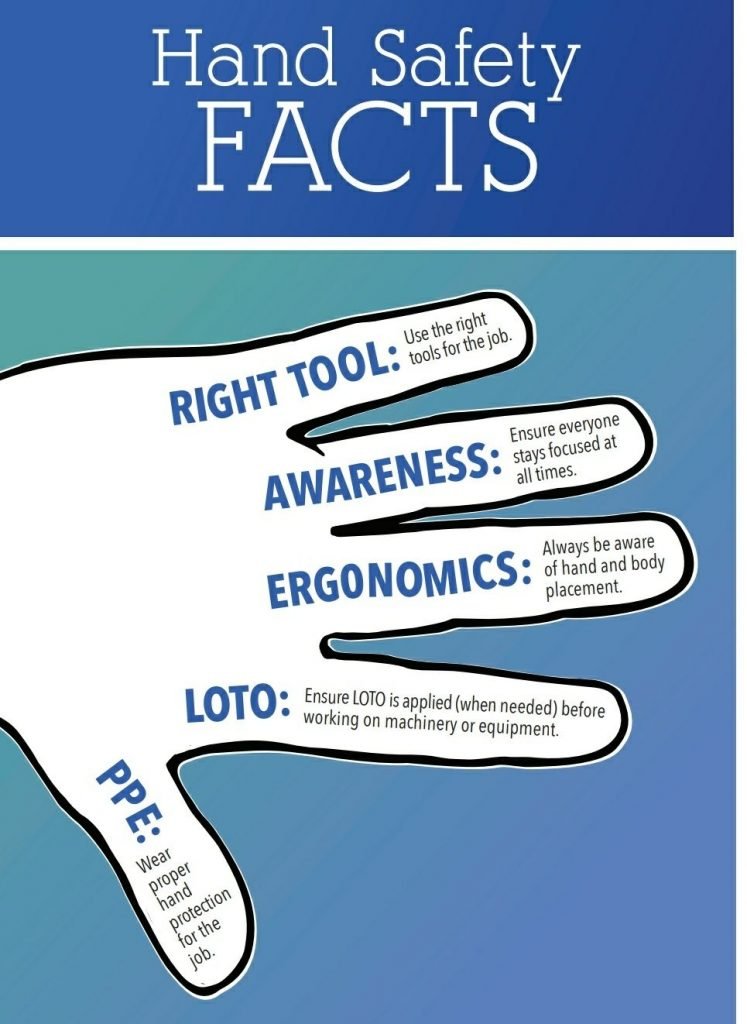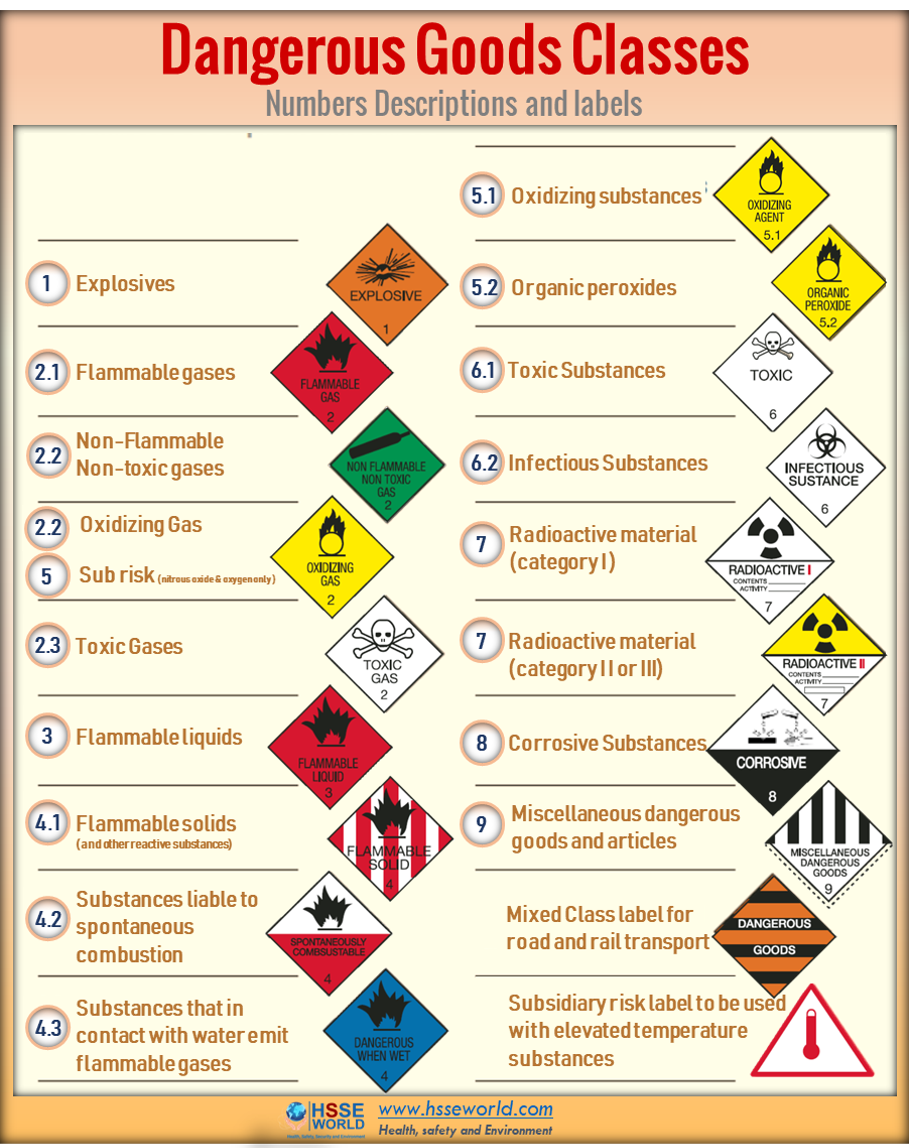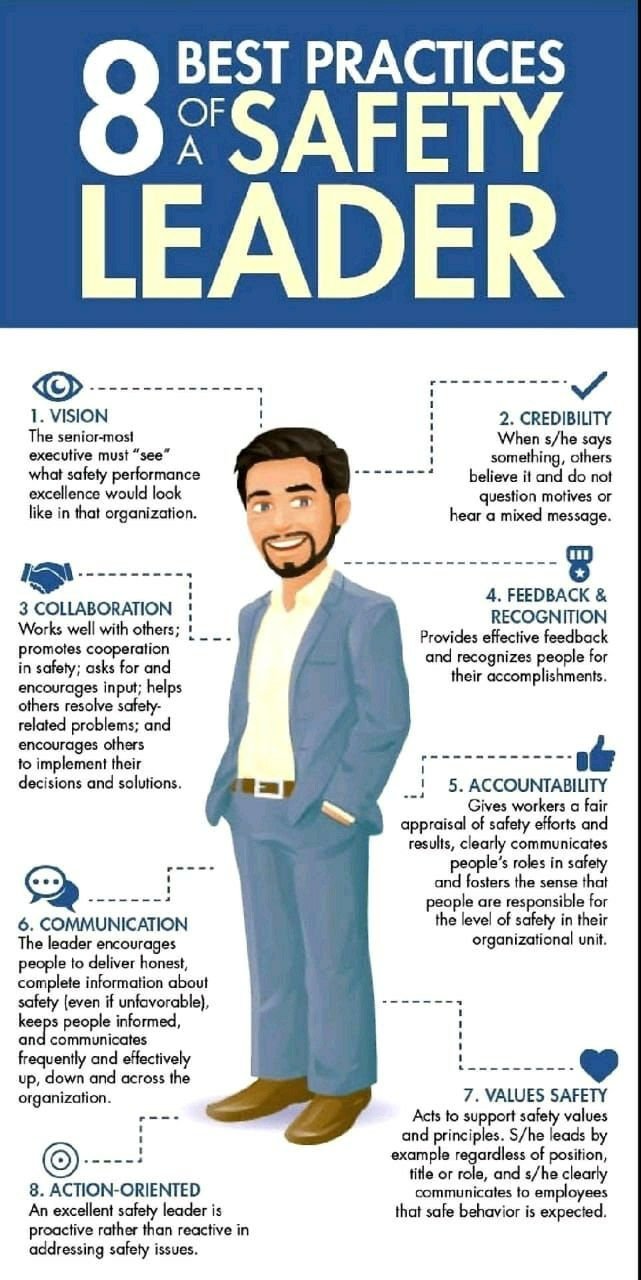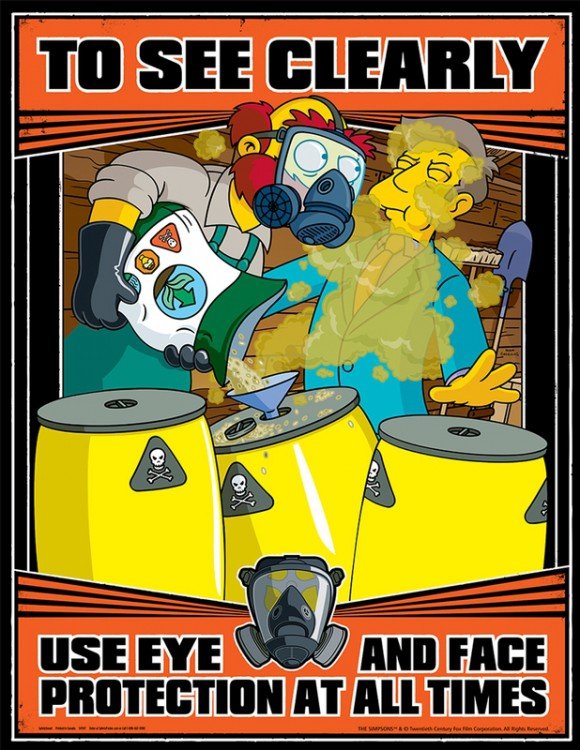We use our hands for virtually every task we do at work and because of this fact, they are commonly injured on the job. Keeping our hands and fingers out of harm’s way at work is critical. A serious injury to an individual’s hands or fingers results in a huge negative impact on their ability to work and overall quality of life. While gloves are the most common form of PPE found in the workplace, hand injuries are still the second leading type of injury on the job.
In the Photo of today, show 5 Hand safety Facts to keep your hand and fingers safe out of injuries

Hand Injury Statistics
- There are 110,000 lost time cases due to hand injuries annually.
- 1 million workers are treated in an ER for hand injuries annually.
- 70% of workers who experienced a hand injury were not wearing gloves.
- Another 30% of victims had gloves on, but they were damaged or inadequate for the work task.
Three Common Types of Hand Injuries
- Lacerations are the most common type of hand injuries. Lacerations are due to sharp objects or tools. Often inadequate gloves are used during an activity that involves a sharp tool. A glove with Kevlar is effective in protecting the hand against a cutting or slicing motion. A straight stab motion can still easily penetrate these gloves. Caution needs to be used when using any tool that can easily penetrate the skin.
- Crush injuries are usually due to employees placing their hands in the line of fire between two objects or in a rotating piece of equipment. Pinch points on equipment or tools also commonly lead to crushing injuries.
- Fractures occur when there is a sudden blow to the bones in the fingers or hands. Motor vehicle accidents often cause fractures to the hands. Another common cause of fractures is an individual extending out their hands to catch themselves from a fall.
Safe Work Practices
- Use tools to remove your hands from the line of fire when doing a work task that could result in injury to your hands or fingers. Using tools such as push sticks when using a table saw is an example that removes your hands from the line of fire.
- Avoid using fixed open blade knives. There are safety knives that limit the length of the blade exposed. They also have a safety feature that retracts the blade when pressure is let off the handle or a switch that controls the blade.
- Never put your hand in an area where you cannot see it.
- Always wear the proper gloves for whatever work task you are doing. Understand the limitations of your gloves and what work tasks they are appropriate for.
- Never work on an energized piece of equipment. Lock and tag out the equipment to ensure there will not be an unintentional start-up while you are working on the equipment.
Discussion points:
-What are some of the biggest hazards to our hands onsite?
-Next time you are doing a simple task at home such as setting the table for dinner, getting ready in the morning, or cleaning- try doing the task with one or two fewer fingers. It sounds like a silly exercise, but this can help put into perspective how hard it would be to complete tasks without some of our fingers. It is easy to take for granted our health and abilities when we have had them for so long.
Download the photo
More photos:
- Photo of the day: Identify the Hazards
- Photo of the day: Hand safety Facts
- Photo of the day: What are the hazards
- Photo of the day: Outline Safety observations
- Photo of the day: Safety Leader
- Photo of the day: Unsafe Conditions
- Photo of the day: Why is PPE important?
- Photo of the day: DO’S and DON’TS of Working At Heights
- Photo of the day: 5 Tips to keep your Crew Healthy and safe at work
- Photo of the day: Tracking Near Miss Incidents
- Photo of the day: 10 Elements of Successful Behavior-Based Safety Program
- Photo of the day:5-Signs your Near-Miss Reporting is failing
- Photo of the day:7 Ineffective Safety Practices (And What To Do Instead)
- Photo of the day:5 keys for effective Self-Management in lone worker safety
- Photo of the day: FrontLine supervisors are the LINCHPINS of safety
- Photo of the day: Fostering Engagement at the front line
- Photo of the day: workplace Hazards
- Photo of the day: What is the line of fire
- Photo of the day: How to Avoid the Fatal Four
- Photo of the day: Fire Safety checklist for workplace
- Photo of the day: Most common safety incidents in the workplace
- Photo of the day: Fire Emergency
- Photo of the day: Ladder Safety Tips
- Photo of the day: 8 Basic steps to wear a safety harness
- Photo of the day: You can prevent workplace Falls
- Photo of the day: Top10 Injuries in office work
- Photo of the day: Overhead powerline safety
- Photo of the day: Eyes on the Road The challenges of safe driving
- Photo of the day: 5 Ways to Reinforce Commuting With Positive Reinforcement
- Photo of the day: Safe Lifting at work
- Photo of the day: 5 Essential outcomes of an effective leadership survey process
- Photo of the day: Conveyors Safety Tips
- Photo of the day: Confined Space rescue
- Photo of the day: Construction Site fire Safety
- Photo of the day: Chemical Spill Emergency Response
- Photo of the day: Electric shock survival
- Breath Safely: The Proper Use of Respiratory Protection
- Photo of the day: Confined space safety Precautions
- Photo of the day: Choosing the Right Face Mask and the difference between a respirator and face mask
- Photo of the day: Importance of Mock drill and Fire Action Emergency Procedure
- H2S Gas and how to handle its Emergency
- Your steps to chemical safety
- Photo of the day: hierarchy of controls
- Photo of the day: Tips to reduce Heat stress in the workplace
- Photo of the day: Safety Equipment for Confined Spaces
- Photo of the day: Dangerous Goods Classes
- Photo of the day: Trenching Safety Tips That Can Save a Life
- Photo of the day: Mental health in the workplace
- Photo of the day: Emergency preparedness in the workplace
- Photo of the day: musculoskeletal disorders
- Photo of the day: Workplace Inspection
- Photo of the day: New worker Orientation & Safety Orientation checklist
- Photo of the day: Effective Health and Safety Committees
- Photo of the day: 10 Scaffold Safety Essentials
- Photo of the day: Incident Investigations
- Photo of the day: Preventing the spread of contagious illness
- Photo of the day: 5 ways to reduce the risk of Slipping and Tripping
- Photo of the day: Sitting at work
- How to use Plate Clamps Safely: Safety Moment#34
- Photo of the day: working in heat and Humidex Rating
- Photo of the day: Don’t be Driven to Distraction
- Photo of the day: Fatigue at Work
- Photo of the day: Noise in the affected workplace
- Photo of the day: Indoor Air Quality
- Photo of the day: WHMIS 2015 – Pictograms
- Photo of the day: Personal Protective Equipment last resort
- Photo of the day: Manual Material handling
- Photo of the day: Controlling COVID-19 in the Workplace-Physical Barriers
- Photo of the day: Generator Safety
- Photo of the day: Position for safety and comfort-Safety Tips
- Photo of the day: Cannabis and Impairment in the Workplace
- Photo of the day: sun safety in the workplace
- Photo of the day: Top FIVE Heavy Equipment Construction Site Safety Tips
- Photo of the day: Work-Related Asthma
- Photo of the day: choosing the right Anchorage
- Photo of the day: Protect your Head
- Photo of the day: Extension Cord Safety Tips
- Photo of the day: Concrete Truck Driver Hand Signals
- Photo of the day: Safe use of ladders and step ladders
- Photo of the day: Arc-Fault Circuit Interrupters (AFCI)
- Photo of the day: HSE Bulletin Board
- Photo of the day: Scissor Lift Safety
- Photo of the day: Managing Risks of Exposure to Solvents in the workplace
- Photo of the day: Flagman and Traffic control
- Photo of the day: Run Project safely with Crane Hand Signals
- Photo of the day: Read All Labels Work safe
- Photo of the day: Flood Safety Tips
- Photo of the day: Fall Protection Plans
- Photo of the day: Lockout and Tagout Safety
- Photo of the day: Types of Hand Protection
- Photo of the day: Types of Foot Protection
- Photo of the day: Floor Marking
- Photo of the day: Overhead Power lines Clearance




